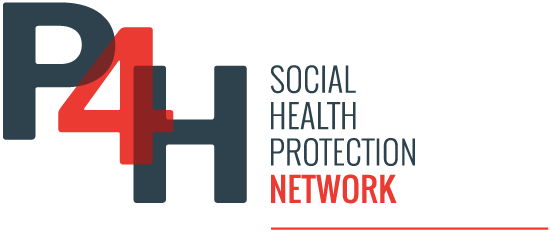Sustainable health financing in Nepal is crucial for achieving Universal Health Coverage (UHC), yet the country struggles to meet the WHO’s recommendation of allocating at least 5 percent of its GDP to healthcare, primarily relying on high out-of-pocket payments. Recent cuts in US development assistance further threaten health sector investments, underscoring the need for increased public investment and effective resource mobilization to ensure equitable access to healthcare services.
Sustainable health financing is crucial for meeting a country’s health demands by ensuring adequate resources are available. This approach prioritizes stable funding, equitable allocation, and efficient utilization to enhance access to healthcare while reducing financial burdens on citizens. By minimizing out-of-pocket (OOP) expenses and securing long-term funding, countries can improve their health systems’ resilience and efficiency. Key mechanisms for sustainable financing include public funding, domestic resource mobilization, and strategic international aid. Increasing public investment, effective resource management, reducing dependence on external donors, and enhancing domestic revenue through taxes and public-private partnerships are essential strategies toward achieving sustainability in health financing.
Furthermore, robust financial protection mechanisms such as health insurance schemes and other social safety nets are fundamental for maintaining healthcare accessibility. The World Health Organization (WHO) recommends that countries allocate at least 5 percent of their Gross Domestic Product (GDP) to healthcare. However, Nepal falls short of this recommendation, typically allocating less than 5 percent of its national budget to health. Although there was an 8.6 percent increase in the health budget during the Covid-19 pandemic, inconsistent funding in other fiscal years poses significant challenges in achieving Universal Health Coverage (UHC), particularly in addressing the dual burden of communicable and non-communicable diseases.
A major issue in Nepal’s health financing is the high reliance on out-of-pocket payments, which constituted approximately 54.2 percent of total health expenditure in FY 2019-20. For every Rs100 spent on healthcare, Nepali individuals contribute Rs55-60 themselves, a consistent trend over the past two decades. This financial burden makes healthcare especially inaccessible for poorer and marginalized populations. To confront these challenges, Nepal aims to implement the National Health Policy 2019 and the Public Health Service Act 2018 through the Nepal Health Sector Strategic Plan 2023-2030. This plan envisions UHC, emphasizing increased public investment, governance, and sustainable financing systems focused on reducing OOP expenditures.
The Nepal Health Financing Strategy 2023-2033 lays out a plan to boost public investments and improve resource pooling to enhance financial protection in health, targeting a minimum of 10 percent health sector budget allocation across all government levels. Despite these ambitious goals, the strategy’s implementation faces hurdles, requiring strong political commitment and collaboration among multi-sectoral stakeholders. Additionally, recent cuts in US development assistance are expected to create significant challenges for Nepal, which relies heavily on foreign aid for health sector investments. This funding reduction could severely impact essential health initiatives, particularly at provincial and local levels. As other major donors shift their focus toward broader development sectors, the Nepalese government must recalibrate its approach to secure necessary health financing and ensure the sustainability of healthcare services.


